What’s New on Georgetown’s Hilltop and Capitol Campuses
Georgetown has been abuzz this past summer with construction projects both on its Hilltop and Capitol Campuses.
The university achieved milestones, like unveiling a brand new home for the McCourt School of Public Policy at 125 E St. NW and placing the final beam atop the redeveloped former Henle Village, a new apartment-style residence hall opening for the Classes of 2026 and 2027 in fall 2025.
At the same time, Georgetown drilled down on ongoing campus improvement and sustainability initiatives, including a three-year campaign to replace aging pipes below Copley and Healy Lawn.
Learn more about what’s been happening at Georgetown the past several months.
Campus Improvements
Redevelopment of the Former Henle Village

In late May, Georgetown community members attended a topping-out ceremony for the development of the former Henle Village, a residence hall on Georgetown’s Hilltop Campus. The ceremony marked a construction milestone to celebrate reaching the top floor of the building. The university also began giving families and students tours of the building.
Georgetown broke ground on the residence last summer. The larger, greener and more accessible apartment complex will house juniors and seniors starting in fall 2025.
The new facility will include 740 beds; in-unit kitchens and washers and dryers; a yoga room; lounges, wellness spaces and study rooms; and shared green spaces that are open to all community members. The previous complex housed 468 students in apartment-style housing.
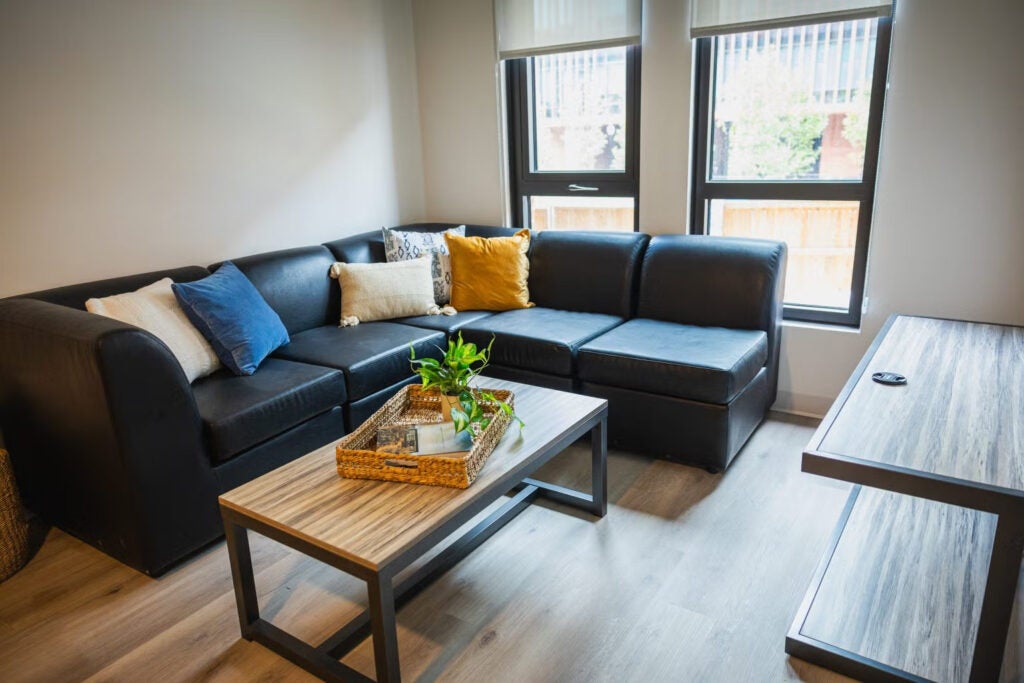
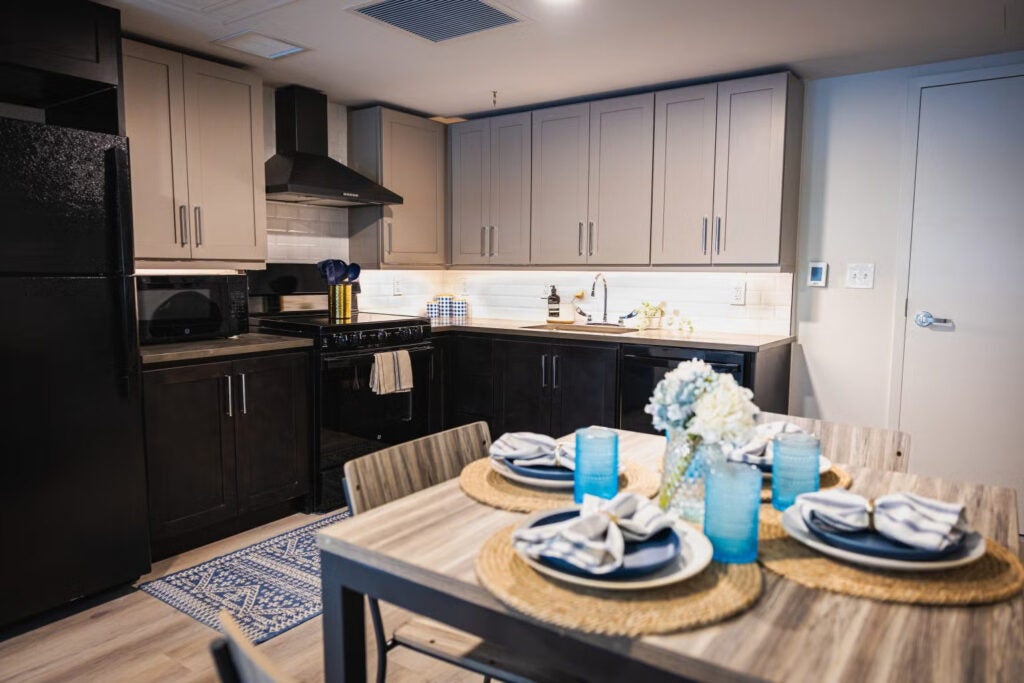
“As we strive for LEED Platinum certification — the highest building efficiency rating — while adding over 200 new beds, we can ensure that more undergraduates can live on the Hilltop campus in a beautifully designed and sustainability-built building for generations to come,” said Nico Hohman (G’26), assistant director of Capital Projects and the lead project manager for Henle.
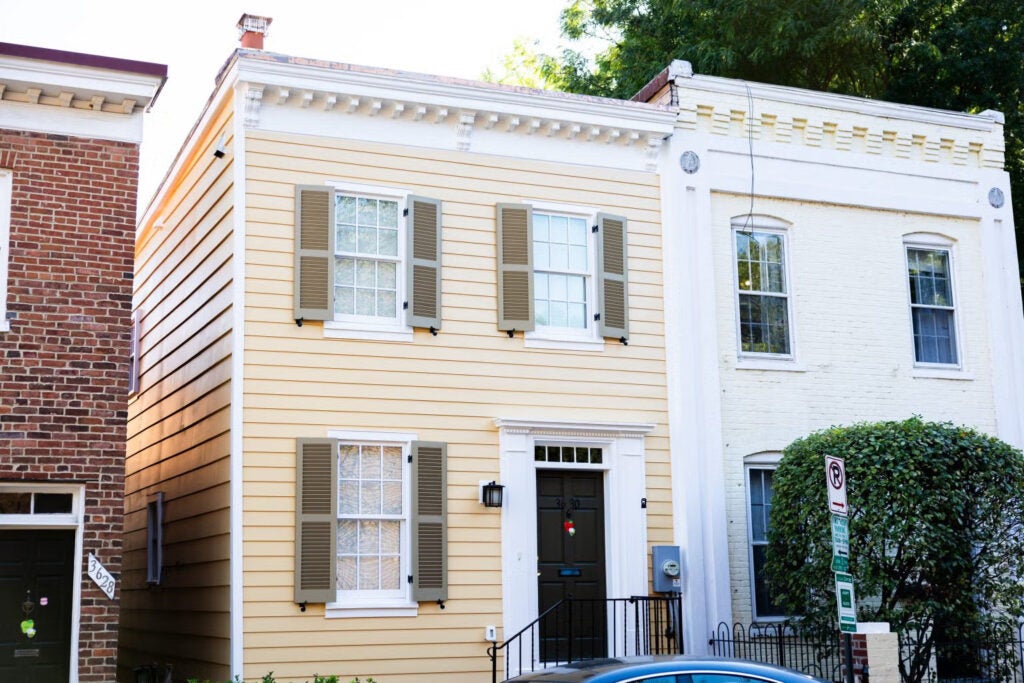
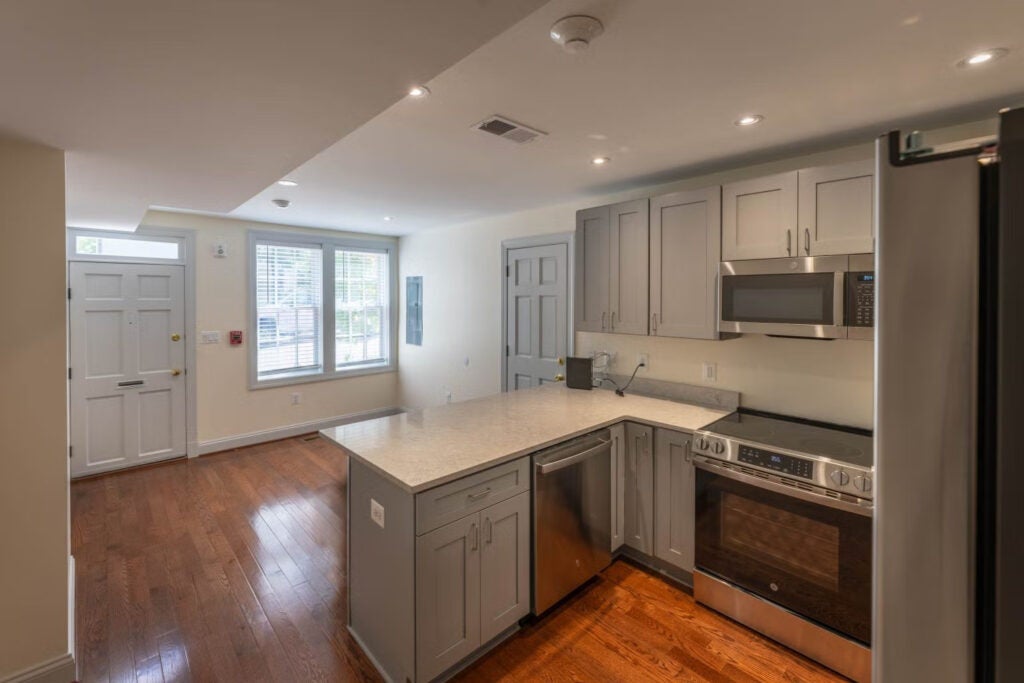
Harbin Terrace
Georgetown also renovated the terrace outside Harbin Hall on its Hilltop Campus. The refreshed outdoor space features new synthetic turf and planters, seating, as well as structural and waterproofing repairs, creating an enhanced student gathering place.
The space is available for use as additional site improvements continue. The project is anticipated to finish in summer 2025.
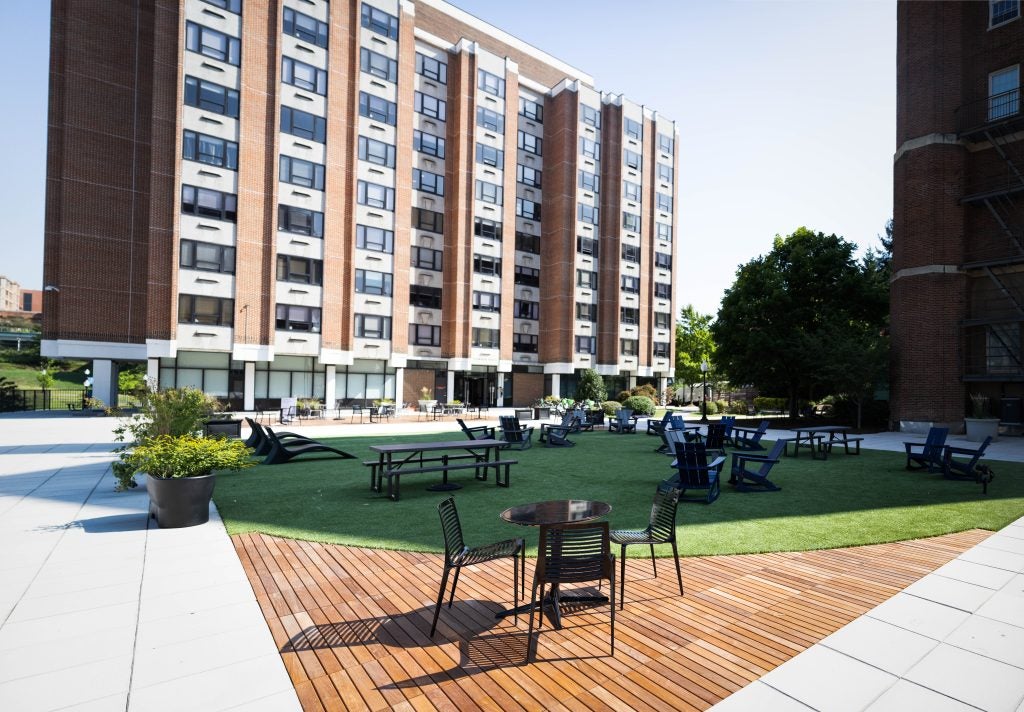
In addition to residential improvements, Georgetown has added over 250 signs with Braille, tactile letters and a QR code to the accessible campus map across campus to signal any elevator outages. Building interiors are also live on the campus map, providing increased access to navigate the interior of buildings.
Renovated Religious Space
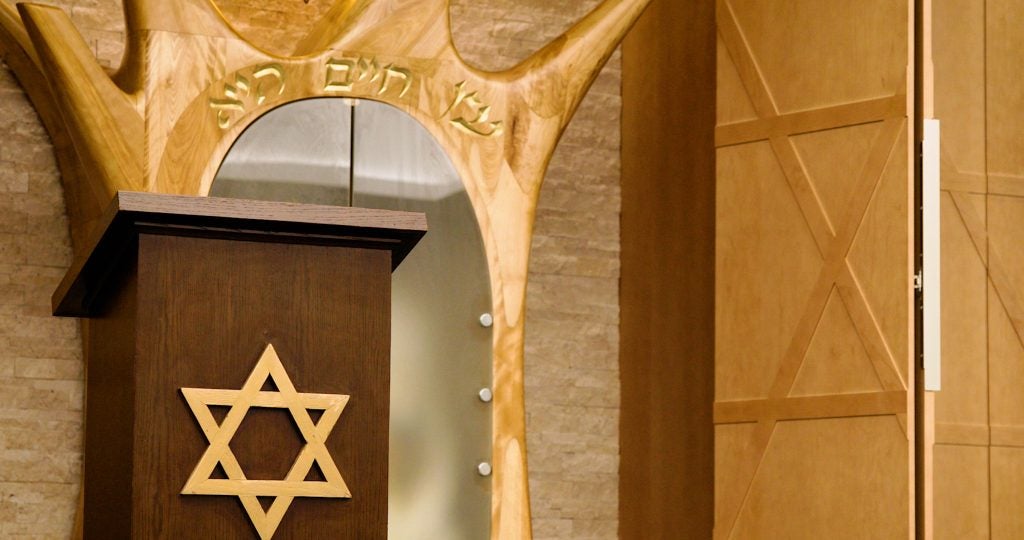
On Sept. 14, Georgetown marked the completion of renovations on Makóm, the university’s Jewish gathering space.
The space opened in 2011 in the Leavey Center. The renovated space includes a kosher kitchen and a larger sanctuary space and separate social space so that students can connect and worship in separate areas at the same time. It also holds a reoriented ark so that members of the Jewish community will face Jerusalem when they pray.
“In Jewish tradition, the word ‘Makóm’ is both the name for a place where God dwells as well as a direct name for God. I think it’s fitting that this is what the Jewish Life space at Georgetown is called,” said Rabbi Ilana Zietman, director for Jewish Life. “It is a sacred place for holy experiences to happen — be they around Jewish ritual, Jewish sacred time or Jewish community gatherings.”
Toward a More Sustainable Future
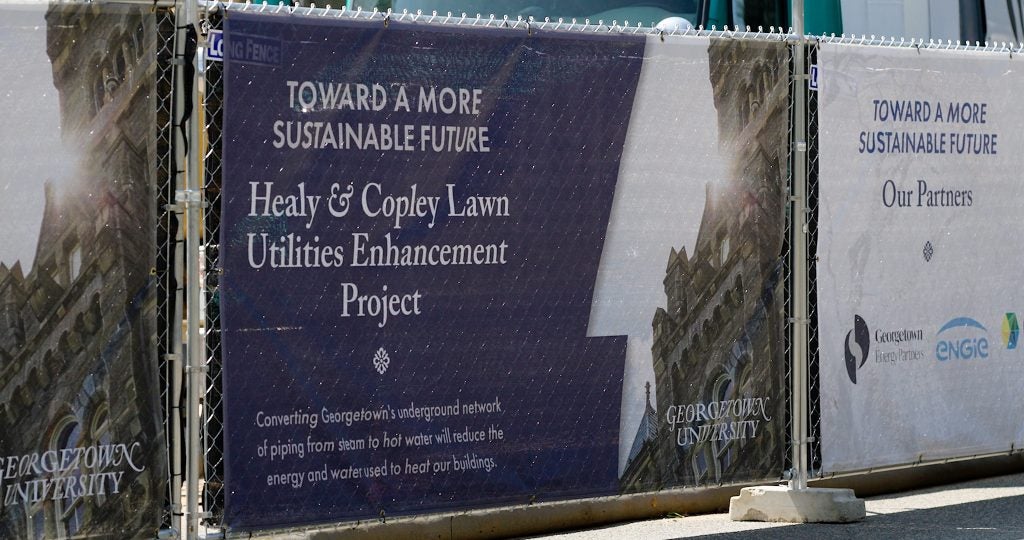
In June, Georgetown began the first phase of a three-year utilities project on the Hilltop Campus to replace aging pipes beneath Copley and Healy Lawn with more energy-efficient infrastructure.
The project will convert the underground pipes from steam to hot water, reducing both energy and water used to heat buildings. In addition, the project will help reduce greenhouse gas emissions, save energy use and operational costs, and improve drainage and law flooding.
The utility replacement project is anticipated to be completed in spring 2027.
“The Healy and Copley Lawn project will help advance the university’s efforts in moving us toward a more sustainable future,” said Lisa Belokur, vice president for Planning and Facilities Management. “This project also enables us to explore additional sustainable energy and utility solutions while modernizing and assuring utility delivery to our campus buildings.”
Capitol Campus
Georgetown is continuing to expand its Capitol Campus as a new hub for learning, interdisciplinary research and civic engagement downtown.
On Sept. 12, the McCourt School of Public Policy unveiled its new home on the Capitol Campus in downtown Washington, DC. Located at 125 E St., McCourt School students, faculty, staff and researchers will be in one location for the first time in the school’s history.
The new space features over 150,000 square feet, 20 classrooms, a 400-seat auditorium and conference rooms. The building also features a rooftop event space and terrace with views of the U.S. Capitol that is open to all members of the Georgetown community and serves as a flagship convening space.
Renowned artist and architect Maya Lin, who designed the Vietnam Veterans Memorial on the National Mall, created three original installations, known as “Mapping Our Place in the World,” for the new building.
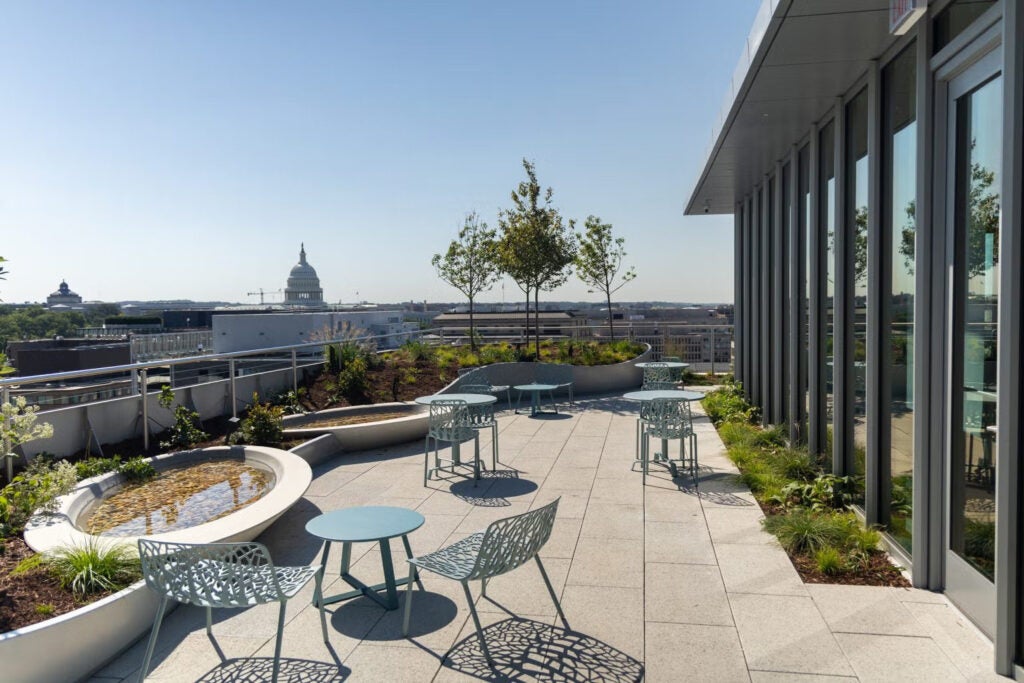
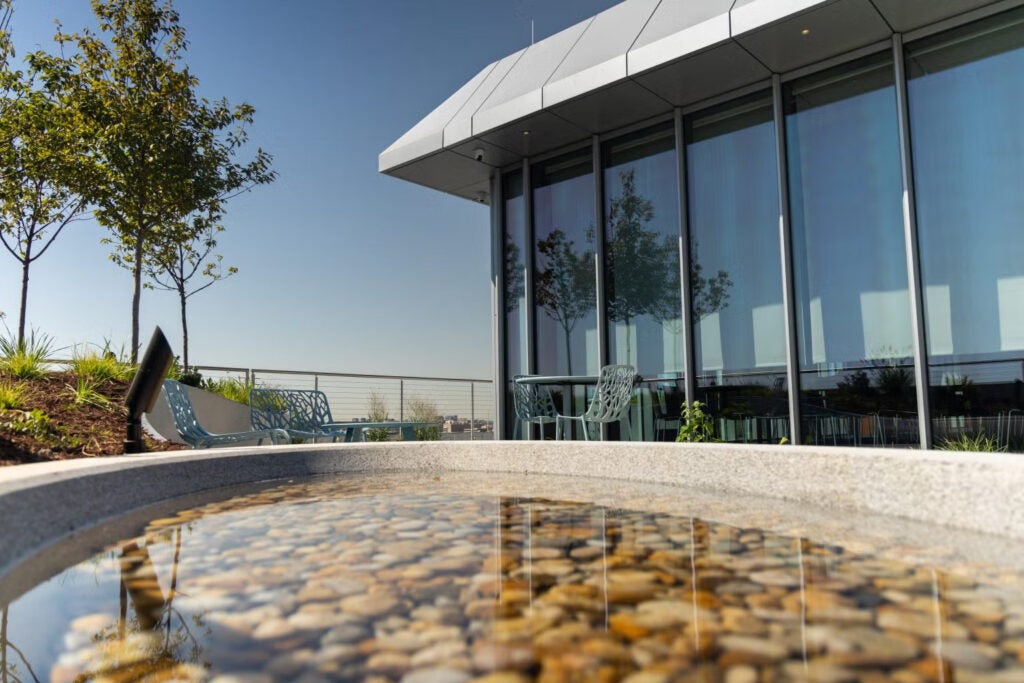
The McCourt School’s new building is just one part of an expanding Capitol Campus.
The university is also renovating 111 Massachusetts Ave. NW, which it acquired in 2021. The building will be home to the School of Continuing Studies, Earth Commons Institute, the Capitol Applied Learning Labs and other programs from the McDonough School of Business, School of Health, School of Nursing and Biomedical Graduate Education in fall 2025.
Georgetown also recently acquired 77 H St. NW, a residential building with retail space.
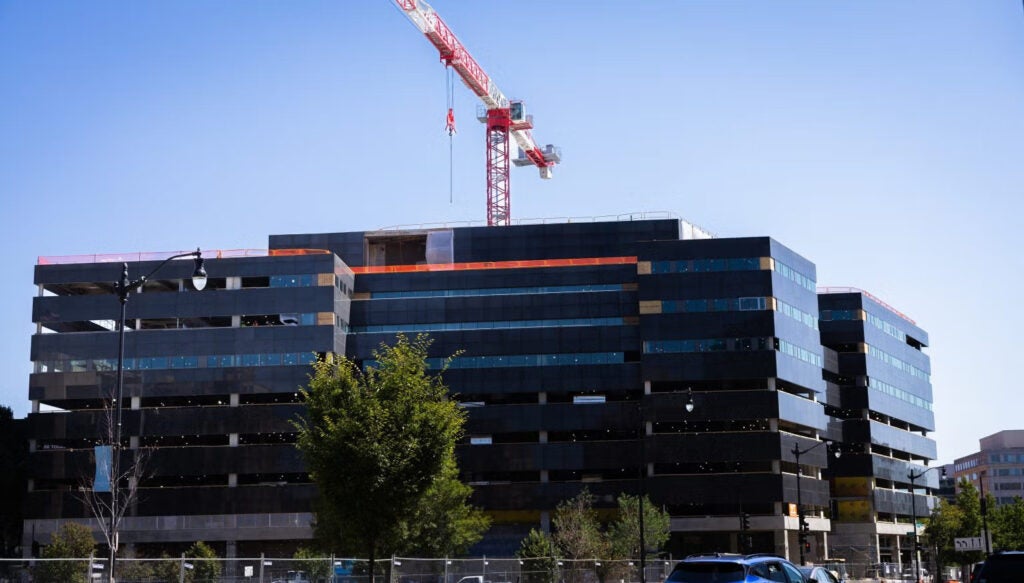
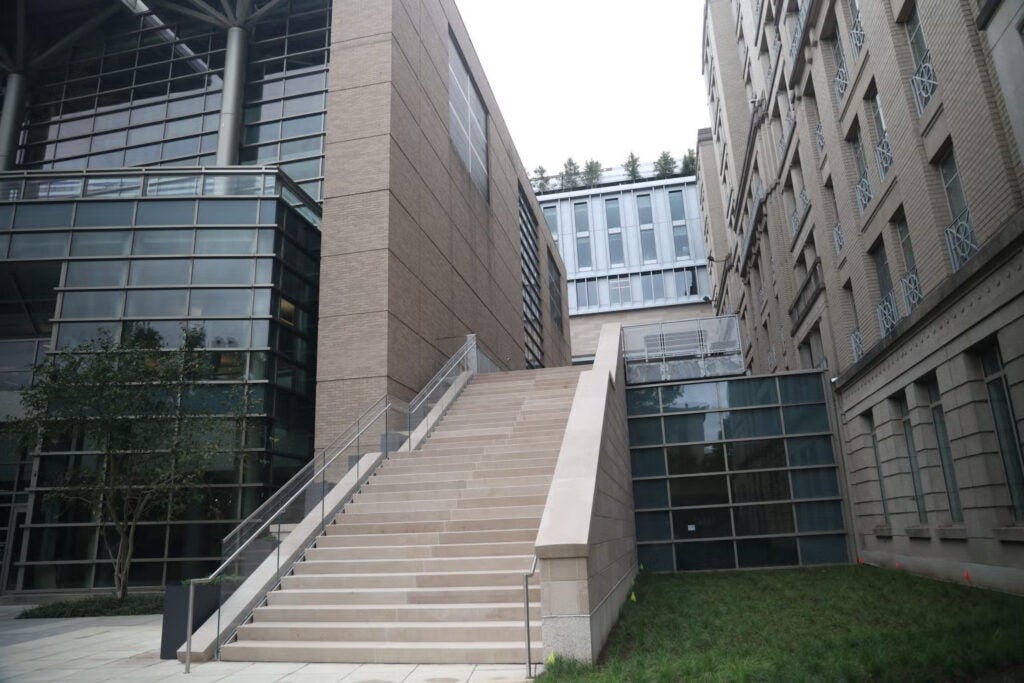
Earlier this month, Georgetown began installing signs and exterior wayfinding to help enhance campus navigation. The university will continue adding campus signage this fall.
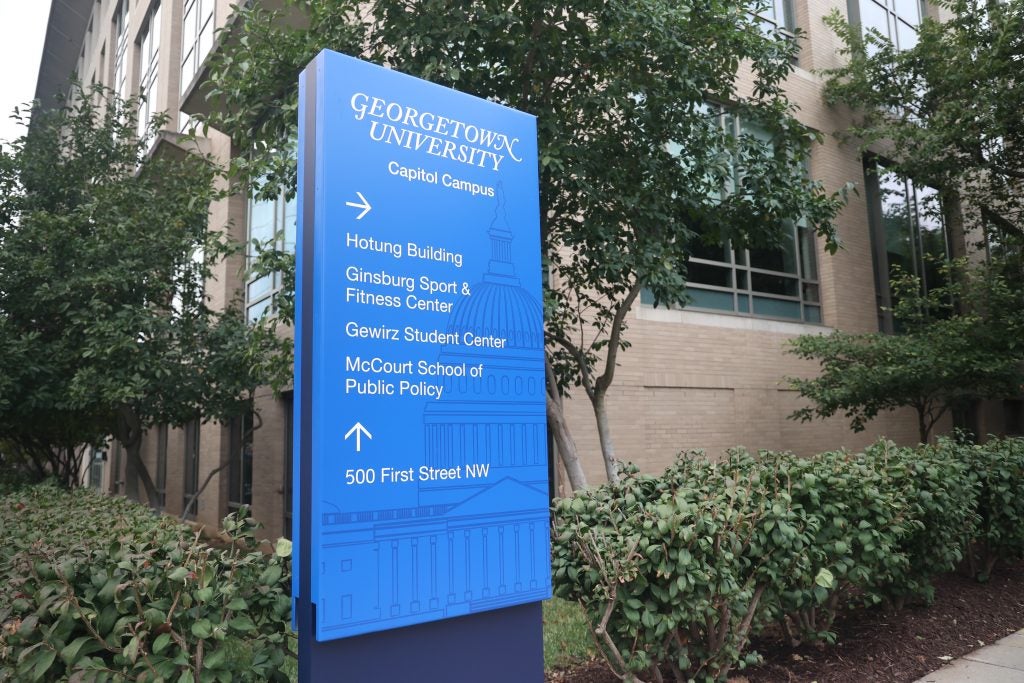
“Together, we’ve been expanding this new campus composed of multiple buildings with a very simple message to ourselves and to others,” Georgetown Provost Robert Groves said at McCourt’s ribbon cutting ceremony. “Georgetown is expanding to become a larger and more impactful institution for the world.”
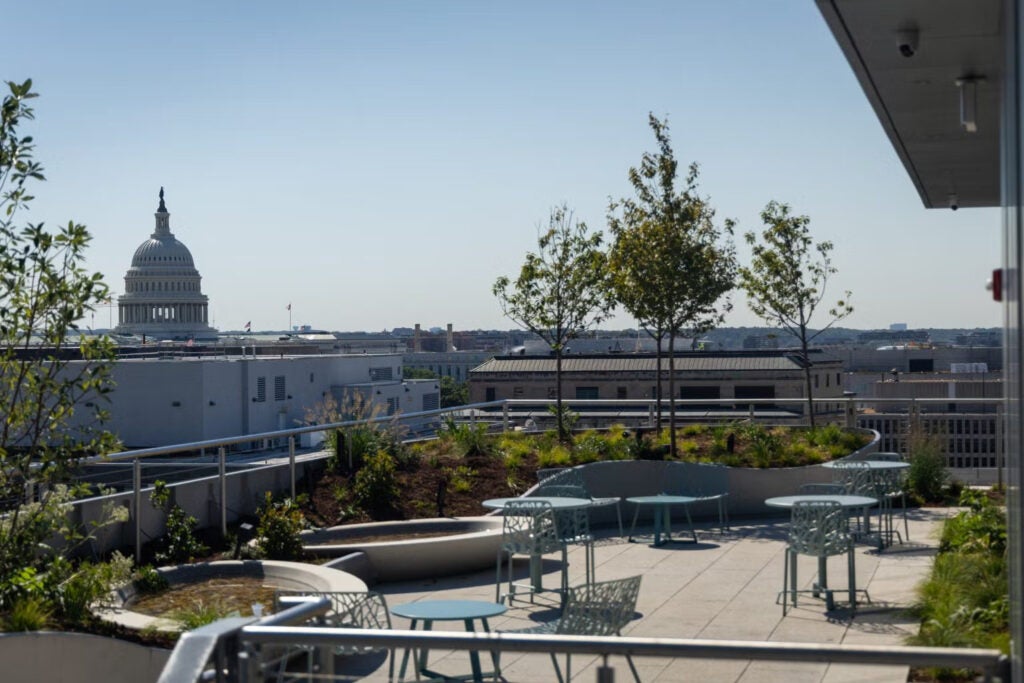
This article was originally published by the Georgetown University. Please follow the link to read the full story.
